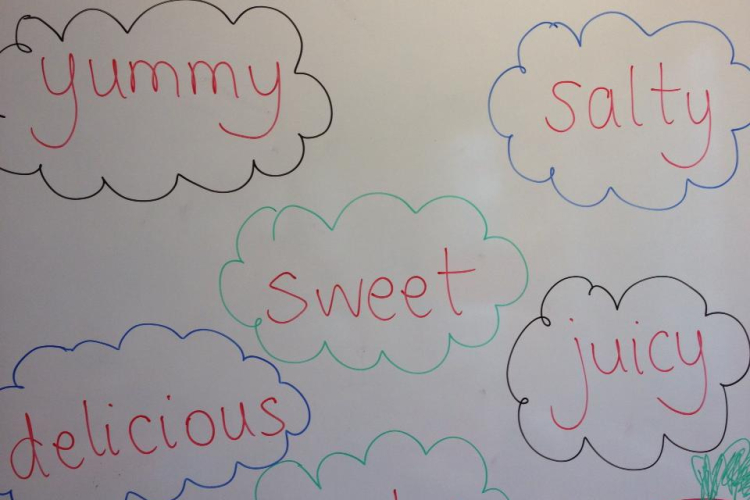Teaching Multi-Level English Language Learners

In a perfect world, all of our classes would be comprised of students with similar abilities. However, we don’t live in a perfect world. One of the questions I am asked most frequently when I am observing or coaching in our TEFL (Teaching English as a Foreign Language) program is: How do I teach to different levels in the same class? Even if you are so fortunate to teach at a school that does a great job of making groups that are mostly the same level (and not all of us are), there may be one or two students who are more advanced than the rest, or a bit behind, or, even worse, both. Perhaps, you don’t even teach English but you have some lower level English Language Learners (ELL) in your class. Today’s OnPractice will touch on a few of the ways to reach these students and help them find ways to succeed.
Group Work
Group work is important in any language class, but even more so in a multi-level class. It engages more students and gives them an opportunity to speak. It also takes the spotlight off of the more timid students who are more likely to speak in pairs or small groups than in front of the whole class. You can arrange the pairs/groups with similar abilities or place a higher level student with a lower level one. Make sure to mix up pairs/groups from time to time so the students can take advantage of being in both groups.
When students are grouped with others of similar abilities, you can structure your activities to accommodate the different levels. Focus on the main objective of the activity, then simplify it for the lower-level students and make it more challenging for the more advanced speakers. This doesn’t mean you have to prepare three different activities or worksheets. If your class is practicing a simple conversation where the student is asked to supply vocabulary words, have the on-level students do the activities as written. Ask the below-level students to only do the first few lines. The above-level group can do the activity and then come up with five or six different responses than listed. Differentiating an activity like this can also help the teacher give a fair assessment based on skill level.[1]
Pre-teaching
Give lower-level students a head start by giving them reading assignments in advance. Try to send them a video or audio clip the day before you’ll use it in class so they can be familiar with it. Something as simple as having access to material beforehand can boost the students’ confidence because they will be better able to understand your presentation.[2]
Scaffolding with Native Language
Allowing students to build on their knowledge in their native language could help them in learning a second language. In this case, you could pair students who speak the same native language so they can help each other understand. This would be a good time to have mixed-level groups. I find it better to have groups of at-level/below-level students and higher-level/at-level students. Students can also use their native language for brainstorming and other pre-writing activities.[3]
Multi-level classes can be challenging. These are just a few of the many strategies you can use to accommodate students who are at different language levels. The three websites listed below are also good resources for multi-level TEFL class activities.
For those of you teaching mainstream classes with ELL students, I’ve found these two articles helpful:
TeachBeyond
p. 3.
https://www.cultofpedagogy.com/supporting-esl-students-mainstream-classroom/



